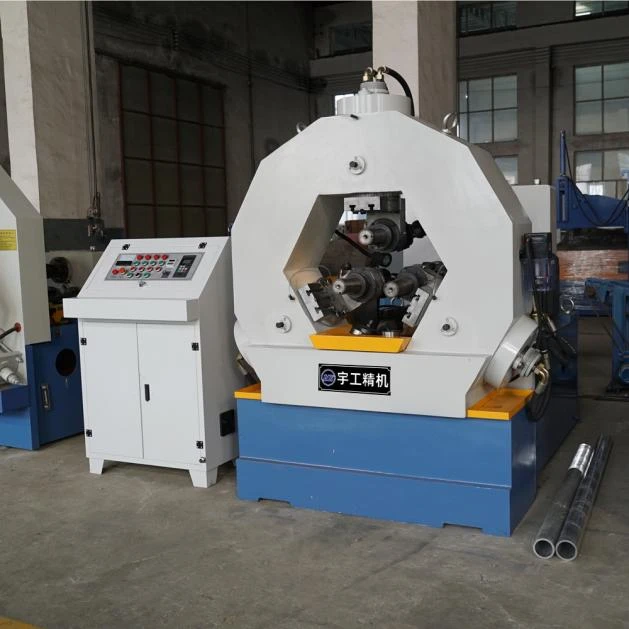
-
 Afrikaans
Afrikaans -
 Albanian
Albanian -
 Amharic
Amharic -
 Arabic
Arabic -
 Armenian
Armenian -
 Azerbaijani
Azerbaijani -
 Basque
Basque -
 Belarusian
Belarusian -
 Bengali
Bengali -
 Bosnian
Bosnian -
 Bulgarian
Bulgarian -
 Catalan
Catalan -
 Cebuano
Cebuano -
 Corsican
Corsican -
 Croatian
Croatian -
 Czech
Czech -
 Danish
Danish -
 Dutch
Dutch -
 English
English -
 Esperanto
Esperanto -
 Estonian
Estonian -
 Finnish
Finnish -
 French
French -
 Frisian
Frisian -
 Galician
Galician -
 Georgian
Georgian -
 German
German -
 Greek
Greek -
 Gujarati
Gujarati -
 Haitian Creole
Haitian Creole -
 hausa
hausa -
 hawaiian
hawaiian -
 Hebrew
Hebrew -
 Hindi
Hindi -
 Miao
Miao -
 Hungarian
Hungarian -
 Icelandic
Icelandic -
 igbo
igbo -
 Indonesian
Indonesian -
 irish
irish -
 Italian
Italian -
 Japanese
Japanese -
 Javanese
Javanese -
 Kannada
Kannada -
 kazakh
kazakh -
 Khmer
Khmer -
 Rwandese
Rwandese -
 Korean
Korean -
 Kurdish
Kurdish -
 Kyrgyz
Kyrgyz -
 Lao
Lao -
 Latin
Latin -
 Latvian
Latvian -
 Lithuanian
Lithuanian -
 Luxembourgish
Luxembourgish -
 Macedonian
Macedonian -
 Malgashi
Malgashi -
 Malay
Malay -
 Malayalam
Malayalam -
 Maltese
Maltese -
 Maori
Maori -
 Marathi
Marathi -
 Mongolian
Mongolian -
 Myanmar
Myanmar -
 Nepali
Nepali -
 Norwegian
Norwegian -
 Norwegian
Norwegian -
 Occitan
Occitan -
 Pashto
Pashto -
 Persian
Persian -
 Polish
Polish -
 Portuguese
Portuguese -
 Punjabi
Punjabi -
 Romanian
Romanian -
 Russian
Russian -
 Samoan
Samoan -
 Scottish Gaelic
Scottish Gaelic -
 Serbian
Serbian -
 Sesotho
Sesotho -
 Shona
Shona -
 Sindhi
Sindhi -
 Sinhala
Sinhala -
 Slovak
Slovak -
 Slovenian
Slovenian -
 Somali
Somali -
 Spanish
Spanish -
 Sundanese
Sundanese -
 Swahili
Swahili -
 Swedish
Swedish -
 Tagalog
Tagalog -
 Tajik
Tajik -
 Tamil
Tamil -
 Tatar
Tatar -
 Telugu
Telugu -
 Thai
Thai -
 Turkish
Turkish -
 Turkmen
Turkmen -
 Ukrainian
Ukrainian -
 Urdu
Urdu -
 Uighur
Uighur -
 Uzbek
Uzbek -
 Vietnamese
Vietnamese -
 Welsh
Welsh -
 Bantu
Bantu -
 Yiddish
Yiddish -
 Yoruba
Yoruba -
 Zulu
Zulu
flat die thread rolling machine
Understanding Flat Die Thread Rolling Machines
Thread rolling is a crucial manufacturing process that involves creating threads on materials through deformation rather than cutting. This method is highly efficient and offers numerous advantages over traditional machining techniques, notably when using a flat die thread rolling machine. In this article, we will explore the workings, benefits, applications, and the importance of flat die thread rolling machines in the modern manufacturing landscape.
What is a Flat Die Thread Rolling Machine?
A flat die thread rolling machine is a specialized piece of equipment designed to produce external threads on cylindrical workpieces. This machine utilizes two flat dies to apply pressure to the material, forming threads through a process known as cold working. Unlike screw cutting, where material is removed, thread rolling reshapes the existing material, enhancing its properties while achieving precise threads.
The design of flat die rolling machines includes components such as the rolling dies, a bed for holding the workpiece, and a feeding mechanism that ensures consistent material flow. The dies are typically made from hard materials to withstand wear and tear, allowing them to produce high-quality threads consistently over an extended period.
How Does It Work?
The operation of a flat die thread rolling machine is straightforward. Initially, the workpiece is fed between the two flat dies, which are positioned parallel to each other. As the dies rotate, the pressure applied to the workpiece causes the material to flow and form threads. The process is quick and efficient, capable of producing a high volume of threads in a short period.
This method is particularly beneficial for materials that are ductile and can be deformed easily without fracturing. It also allows for the creation of threads with high accuracy, controlled dimensions, and enhanced surface finishes.
Benefits of Flat Die Thread Rolling Machines
Flat die thread rolling machines offer several advantages compared to traditional thread manufacturing methods, including
flat die thread rolling machine

1. Increased Strength The process of thread rolling enhances the mechanical properties of the material. The workpiece undergoes strain hardening, resulting in threads that are stronger and more durable than those produced by traditional cutting methods.
2. Improved Surface Finish The cold working process eliminates the need for machining, which often leaves the material's surface rough. Thread rolling provides a much smoother finish, reducing the need for additional processing.
3. Higher Production Rates Flat die thread rolling machines can produce large quantities of threaded components in a shorter time compared to conventional methods, significantly enhancing productivity in manufacturing environments.
4. Material Efficiency Since thread rolling reshapes the material without removing it, there is less waste. This makes it a more sustainable option compared to cutting processes that result in shavings and scrap material.
5. Versatility These machines can work with a wide variety of materials, including metals, plastics, and composites, making them suitable for diverse industries.
Applications
Flat die thread rolling machines are employed across various industries, including automotive, aerospace, medical, and construction, where high-strength threaded components are required. Common applications include the production of screws, bolts, studs, and other fasteners that demand reliability and precision.
In the automotive sector, for instance, thread-rolled components are essential for engine assembly and structural parts that withstand high loads and stresses. Similarly, in the aerospace industry, where safety and performance are paramount, the consistent quality of rolled threads is crucial.
Conclusion
In conclusion, flat die thread rolling machines play an indispensable role in modern manufacturing practices. Their ability to produce high-strength, precision threads efficiently makes them a preferred choice for many industries. As technology advances, the capabilities of these machines continue to evolve, promising even greater efficiency and innovation in threaded component production. With increasing demands for quality and performance, understanding and utilizing flat die thread rolling machines will remain vital for manufacturers aiming to stay competitive in the global market.
